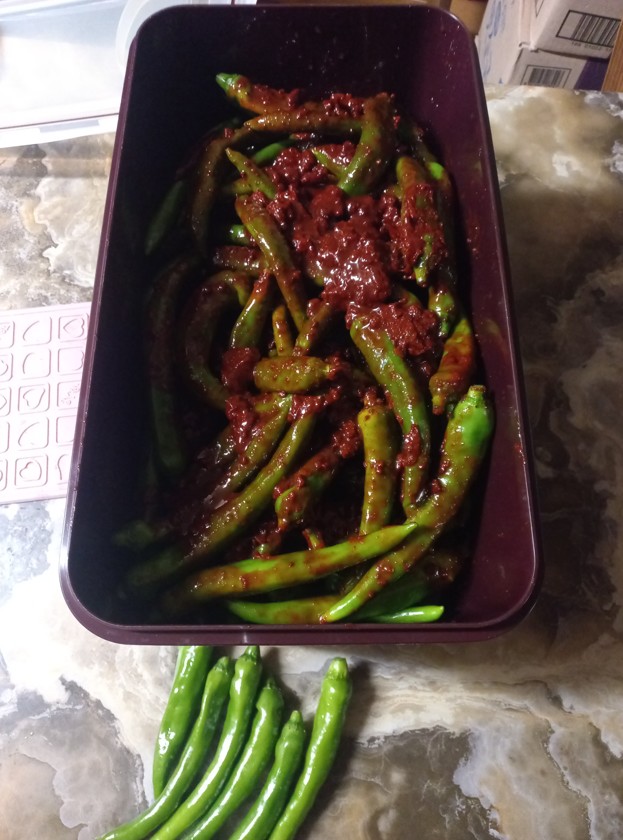 How do Koreans eat kimchi?
How do Koreans eat kimchi?
How do Koreans eat kimchi?
Kimchi is an important part of Korean cuisine, and its popularity has spread all over the world in recent years. This iconic fermented vegetable dish has a distinct taste and rich cultural significance in Korean society. In this article, we will look into the various uses of kimchi in Korean cuisine and how it has become a staple in both Korean homes and restaurants.
The various faces of kimchi.
There are many different types of kimchi depending on the region, ingredients, and preparation methods. The most common type of kimchi is made with Napa cabbage, which is seasoned with a mixture of red pepper powder, garlic, ginger, and other spices. However, kimchi can also be made with radishes, cucumbers, and other vegetables, each serving its own taste.
Kimchi as a side dish.
In Korean cuisine, kimchi is mainly served as a side dish with a main course. It provides a balance of taste with the tangy spicy flavor to any meal. The texture and crunch of kimchi also adds depth to the overall dining experience. Whether it’s a simple rice bowl or a hearty stew, kimchi is the perfect accompaniment to improve the overall taste.
Kimchi being cooked.
Kimchi can also be used as an ingredient for a variety of Korean dishes. It is a versatile ingredient that adds a unique taste and flavor to soups, stir-fries, pancakes, and even noodles. One popular Korean dish that features kimchi prominently is kimchi stew, which is a hearty stew made of kimchi, tofu, and pork. The spicy taste of kimchi permeates the soup, creating a comfortable and flavorful dish.
Kimchi made with seasoning.
Kimchi can also be used as a seasoning or condiment in Korean cuisine. Kimchi juice, a liquid made during the fermentation process, is often used as the basis for sauces, spices, and dressings. It enhances the overall flavor by adding savory and tangy flavors to various dishes. Some popular examples are kimchi fried rice, kimchi pancakes, and even kimchi-flavored ramen.
Cultural significance.
Besides its culinary uses, kimchi has a deep cultural meaning in Korea. It is not only a source of nutrition but also a symbol of Korea’s identity and heritage. Gimjang is often a communal activity where families come together to prepare a large amount of kimchi during the winter. Demonstrating the importance of tradition and family values in Korean culture, preparation and preservation techniques have been passed down through generations.
The global impact of kimchi.
In recent years, kimchi has gained worldwide popularity, and Korean cuisine is becoming more and more popular. Now it is easily available in supermarkets and restaurants outside of Korea. Kimchi’s unique taste and health benefits have caught the attention of food lovers, and it is no longer limited to just Korean delicacies.